TLDR Following a specific clinical sequence can help diagnose and treat Demodex mites in the eyes.
The document discussed the high prevalence of Demodex folliculorum and Demodex brevis mites, particularly in patients aged 70 and older, where nearly 100% are affected. The study presented a clinical sequence for identifying these mites, which included a history of blepharitis, dry eyes, or ocular allergy, slit lamp examination, and light microscope evaluation of epilated lashes. Five case reports were detailed, showing associations with conditions like dry eyes, diabetes, rosacea, and allergies. The conclusion emphasized the importance of following a clinical sequence to identify and address this often underdiagnosed and undertreated ocular surface disease.
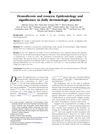 172 citations
,
December 2004 in “Journal of The American Academy of Dermatology”
172 citations
,
December 2004 in “Journal of The American Academy of Dermatology” Demodicosis is common and often missed, needing more recognition and treatment in skin care.
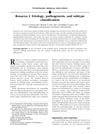 466 citations
,
August 2004 in “Journal of the American Academy of Dermatology”
466 citations
,
August 2004 in “Journal of the American Academy of Dermatology” Rosacea is a skin condition with unclear causes, classified into four subtypes.
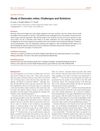 41 citations
,
December 2015 in “Journal of the European Academy of Dermatology and Venereology”
41 citations
,
December 2015 in “Journal of the European Academy of Dermatology and Venereology” The conclusion is that a new biopsy technique and humidity chamber help study skin mites better and suggest mite overpopulation may cause skin diseases.
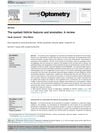 27 citations
,
July 2018 in “Journal of optometry”
27 citations
,
July 2018 in “Journal of optometry” Eyelashes protect the eyes, but more research is needed to understand how.
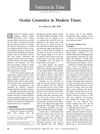 11 citations
,
January 2013 in “Ocular Surface”
11 citations
,
January 2013 in “Ocular Surface” The document concludes that modern ocular cosmetics enhance beauty and eyelash health, with safe practices and regulations being important.
11 citations
,
June 2024 in “Clinical ophthalmology” High levels of Demodex mites can cause eye and skin problems.




